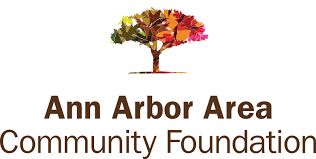Editor’s Note: Read part two of Neel Hajra’s blog series here.
I’ve been in the field of philanthropy for a decade, with half that time as CEO of the Ann Arbor Area Community Foundation. As every year goes by, I increasingly respect all that’s good about our field while also more deeply questioning some of our field’s self-imposed limitations.
One area of limitation counterintuitively arises out of our relative lack of limitations within the geographies we serve. Within our service regions, we can do just about anything we want in service of our grantees or (for community foundations) our donors — we can be innovative, we can be entrepreneurial, we can address many issues. Simply put, we can be a lot of things to a lot of people. However, while this breadth can be a powerful tool for us, it also threatens to introduce “mission creep” and fading away from what we do best and what matters the most to our communities.
This brings up a second, related topic of growth. Too often we default to ‘growth is good’ mindsets because it’s an easy metric, it makes us look like we’re working really hard (in terms of activities growth) and it often helps our bottom lines (in terms of asset growth). I would argue, however, that too often we confuse breadth and growth as proxies for community impact, which they are not.
There are a lot of ways to deconstruct this topic and I’m going to start with one strategic consideration that I think could help our field make more of our assets: Our field needs to more deeply embrace addition by subtraction. If you think of your institution as one of finite capacity, sometimes it’s better to let some things go to free up more capacity to engage in the things that matter most to your community and are most relevant to our unique niche in the nonprofit ecosystem. The implicit resistance by many community foundations to this concept is rooted in tradition, donor or trustee expectations, habit, pet projects, lack of accountable metrics and many other factors. This is especially a problem for legacy institutions like ours that are conditioned to think long-term.
So what could addition by subtraction look like for your community foundation? How can you be re-assured that it magnifies your impact rather than detracts from it? In my next blog post I’ll illustrate the pursuit of addition by subtraction through five specific, recent examples undertaken by my community foundation. Some of them may surprise you and even make you nervous, but rest assured that each action has enhanced our ability to achieve our mission – so stay tuned!

